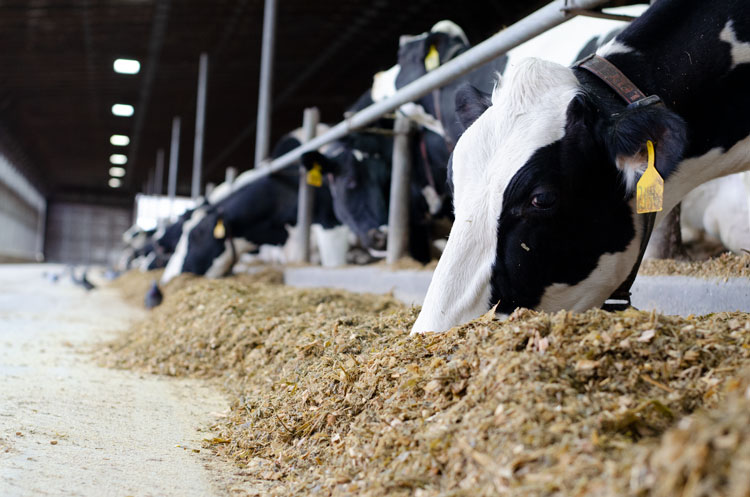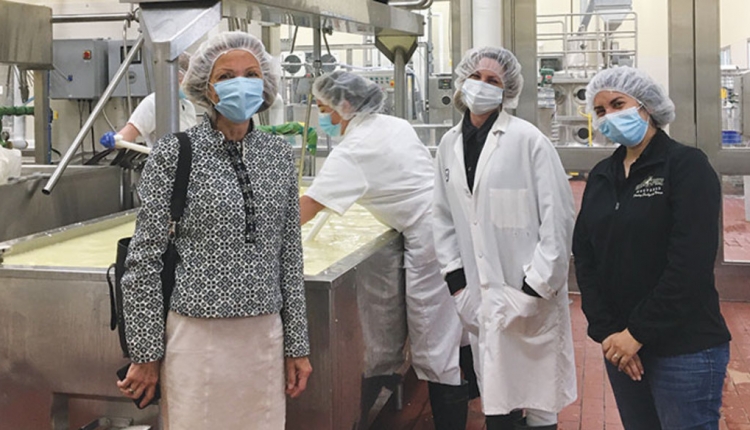
Farmers can best troubleshoot fresh cow issues by tracking health data as well as evaluating pen dynamics. What’s more, automated health monitoring systems have proven to be useful in making earlier diagnoses.
“The earlier, the better,” said Rob Lynch, PRO-DAIRY veterinarian. “There’s newer technology out now, and there are several farms taking advantage of these automated health monitoring system. Rumination, activity monitoring, and automated sensors on cows can alert farm managers to health disorders a lot sooner than we can with our traditional means of looking over cows,” said the Cornell veterinarian.
Systems that monitor digestive orders, in particular, can alert farmers to issues a few days before the standard methods. Incorporating this technology with the current animal care practices can make troubleshooting more accurate and more consistent.
“That’s added a new dimension for how we can go about managing fresh cow health going forward,” he said during the “Troubleshooting herd health issues on your dairy fresh cows” webcast hosted by Cornell Cooperative Extension and PRO-Dairy.
Look at pens, too
Looking at not only the cows but the pens themselves is an issue all farmers need to consider.
“When you’re looking at your fresh pen, you’re not only looking at who the cows are in the pen, but you’re looking at — what days in milk they are, what do those cows look like, and how long are they in that pen?” said Margaret Quaassdorff, Cornell Community Extension Specialist.
She suggests looking at the fresh cow pen and evaluating if the cows are at the same point in their lactation periods, if they’re combined with a high group, if they have similar body condition, if they’re on the same schedule, or if treated or sick cows are also in the pen.
“How do all these things affect the dynamic of the pen?” she asked. “What we really want to look for is if these cows are consistent across the board.”
Along with stocking density, heat abatement, and access to water, it’s also important for farmers to look at feed access.
“We use 30 inches of feedbunk per cow kind of as our rule of thumb,” Lynch said. “I don’t know if I’ve ever been to a dairy that has a set standard weekly calving rate, so stocking density in these special needs pens really fluctuates.
“Do we have enough stalls for every body? Do we have enough feedbunk for every body . . . for most of the year, so every one can get up and get something to eat whenever it wants?”
Take this challenge
“I would challenge any dairy producer out there . . . go look at your stocking density on your fresh pen on any given week or month and see how it compares throughout the year,” Quaassdorff said. “I bet you’d be surprised how often you probably go over that 100% stocking density recommendation at feedbunks or stalls in that fresh cow pen.”








